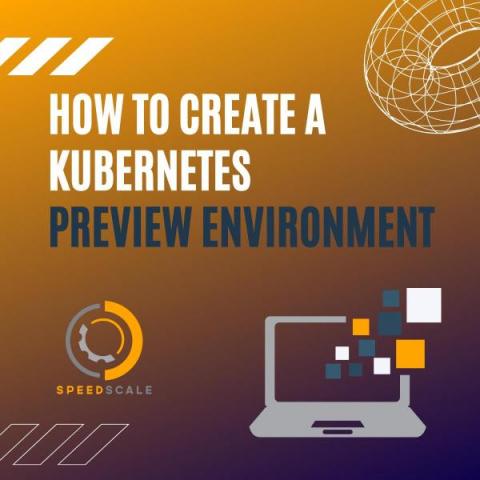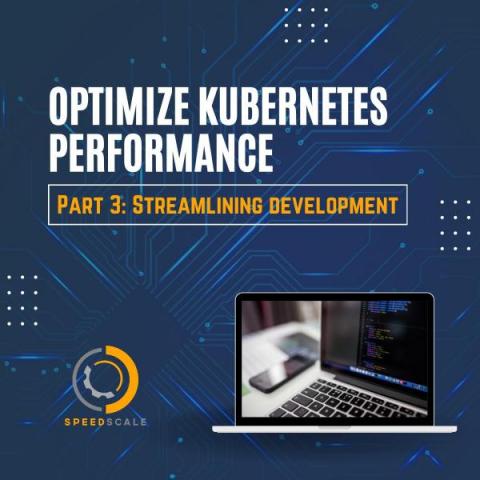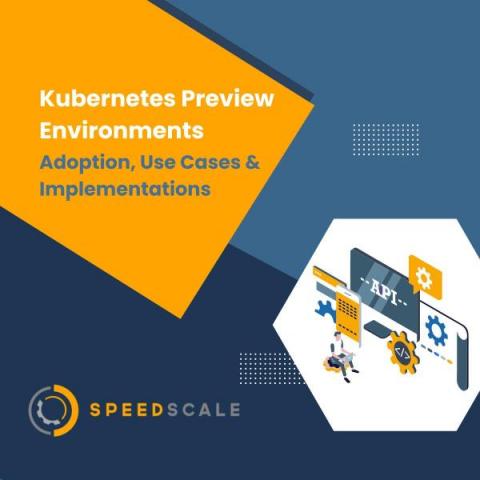How to Create a Kubernetes Preview Environment
A Kubernetes preview environment is an isolated environment that allows developers to test their code at any time without worrying about how others may be affected. While implementations and use cases may vary, simulating a production environment as closely as possible is the main goal. Imagine you’re part of a team developing a complex API, and you’ve been tasked with adding a new endpoint that relies on features within the codebase currently being optimized by one of your team members.







